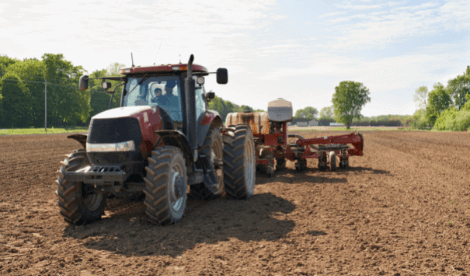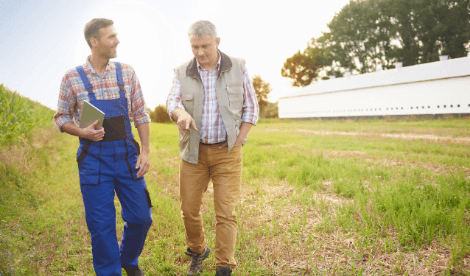Simon Budden
- Director of Agriculture
- +44 (0)330 124 1399
- Email Simon
Suggested:Result oneResult 2Result 3
Sorry, there are no results for this search.
Sorry, there are no results for this search.
View all peoplePublished by Simon Budden on 11 March 2020
Share this article
From a sector perspective, Rishi Sunak’s first Budget was probably a lesser concern than the continuing poor weather, and ongoing concerns over trade deals and access to critical staff. The Budget did however include a number of matters relevant to Agriculture.
Reduction in the lifetime allowance for Business Asset Disposal Relief (formally Entrepreneurs’ Relief)
The current £10 million limit has been reduced with immediate effect to £1 million. Treasury justification for this is the fact that the increased limit has had little impact on entrepreneurial activity. This will have a significant impact on the tax cost on live development projects. In the longer term this may increase the impact of rollover money on competition for the limited supply of land and may also have an impact on the value of development land, as owners look to pass on an element of the increased tax cost.
Removing the entitlement to use red diesel
This measure is intended to be implemented from April 2022 but it is not expected to impact on agriculture, horticulture and forestry. Other sectors will be consulted and additional exemptions could be available.
Employment Allowance and Statutory Sick Pay
The current employment allowance of £3,000 per annum will be increased to £4,000 per annum, for qualifying employers.
Employers with less than 250 staff will also be eligible to get relief for a maximum of two weeks statutory sick pay, per employee. This measure is directly targeted to reduce the impact of Coronarvirus and the associated self-isolation measures.
Structures and buildings allowance
With immediate effect, the rate of relief for new structure and buildings, is increased from 2% to 3%. This relief is akin to the old Agricultural Buildings Allowance and covers elements of qualifying buildings not eligible for more enhanced reliefs.
Taper relief changes for pension contributions
With effect from April 2020 the two tapered annual allowance thresholds will be increased by £90,000, meaning that individuals with an income below £200,000 will not have a tapered annual allowance for pension contribution purposes. The rates of relief also remain unchanged.
Share this article
This site is protected by reCAPTCHA and the Google Privacy Policy and Terms of Service apply.
Our complimentary newsletters and event invitations are designed to provide you with regular updates, insight and guidance.
You can unsubscribe from our email communications at any time by emailing [email protected] or by clicking the 'unsubscribe' link found on all our email newsletters and event invitations.
This site is protected by reCAPTCHA and the Google Privacy Policy and Terms of Service apply.




